ikfoundation.org
Promoting Natural & Cultural History
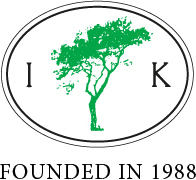




stand in a long line, parallel to one another,
between which are snow-filled valleys.

- LONGYEARBYEN:
Assembly/preparation for the fieldwork, meetings with regional institutions and embarking on the expedition ship M/S FREYA. Field documentation (pictures, artwork and text). - NORDENSKIÖLDSBREEN:
Field documentation (pictures, artwork and text). Bone collecting. Testing of field equipment and personal resources. - SKANSBUKTA:
Field documentation (pictures, artwork and text). Bone collecting. Testing of field equipment and personal resources. - SVENSKEHUSET:
Visiting Svenskhuset. Field documentation (pictures, artwork and text). Bone collecting. Testing of field equipment and personal resources. - BARENTSBURG:
Field documentation (pictures, artwork and text). Field work: The Paleocene, 60 million years old deposits here have yielded beautiful plant fossils but very few animal fossils. However, a bony fish from the former area and a shark tooth from the latter indicated that the chemistry of the rocks can preserve bony material. - LÆGERNESET:
Field documentation (pictures, artwork and text). The purpose of the project is to establish the routes and places visited by the earliest scientific explorers to Svalbard (1596 -1799). - BELLPYNTEN:
Field documentation (pictures, artwork and text). The purpose of the project is to establish the routes and places visited by the earliest scientific explorers to Svalbard (1596-1799). - FORLANDSØYANE:
Field documentation (pictures, artwork and text) of the coastal area between Haukebukta and Aitkenodden for reference studies of Anton Rolandsson Martin's visit in the area (Midtøya) 1758. A survey to find the ultimate scientific location for the NATURAE OBSERVATIO | FIELD STATION project. Field work: Fauna, flora, geology, astronomy, meteorology and DNA Projects (sampling bones for the reconstruction of the Svalbard reindeer's colonization on the islands. Collecting ptarmigan droppings for diet analysis and the third is an attempt to see if the DNA from Anton Rolandsson's scurvy grass specimen can be used to definitely determine where he landed). - PRINS KARLS FORLAND:
Field documentation (pictures, artwork and text) of the coastal area between Haukebukta and Aitkenodden for reference studies of Anton Rolandsson Martin's visit in the area (Midtøya) 1758. A survey to find the ultimate scientific location for the NATURAE OBSERVATIO | FIELD STATION project. Field work: Fauna, flora, geology, astronomy, meteorology and DNA Projects. - REINHARDPYNTEN:
Field documentation (pictures, artwork and text) of the coastal area. Field work: Fauna, flora, geology, astronomy, meteorology, DNA Projects and collecting nearshore and deltaic deposits from the Eocene, about 40 million years back. Marine bivalves and plant material are present. We expect to find also here vertebrate fossils. - DAWESPYNTEN:
Field documentation (pictures, artwork and text) of the coastal area. Field work: Fauna, flora, geology, astronomy, meteorology and DNA Projects. - POOLEPYNTEN:
Field documentation (pictures, artwork and text) of the coastal area. Field work: Fauna, flora, geology, astronomy, meteorology and DNA Projects. - COLESBUKTA:
Field documentation (pictures, artwork and text) of the coastal area. Field work: Fauna, flora, geology, astronomy, meteorology, DNA Projects and researching the Paleocene, 60 million years old deposits here have yielded beautiful plant fossils but very few animal fossils. However, a bony fish from the former area and a shark tooth from the latter indicated that the chemistry of the rocks can preserve bony material. - SALPYNTEN:
Field documentation (pictures, artwork and text) of the coastal area. Field work: Fauna, flora, geology, astronomy, meteorology and DNA Projects. - DAUDMANNSODDEN:
Field documentation (pictures, artwork and text) of the coastal area. Field work: Fauna, flora, geology, astronomy, meteorology and DNA Projects. - KAPP MARTIN:
Field documentation (pictures, artwork and text) of the coastal area. Field work: Fauna, flora, geology, astronomy, meteorology and DNA Projects. - ISFJORDEN | LONGYEARBYEN:
Field documentation (pictures, artwork and text) of the coastal area. Return to base. Field work: Fauna, flora, geology, astronomy, meteorology and DNA Projects.
FIELD STATION | NATURAE OBSERVATIO
Early September 2017, The IK Foundation carried out fieldwork aiming at establishment of a FIELD STATION | NATURAE OBSERVATIO. With m/s Freya as a base vessel, we made a survey of sites suitable for our tentative field station. As a base for the expedition, we had a similar Svalbard expedition in September 2016 as well as discussions with representatives from Sysselmannen, the Norwegian Polar Institute and the University Centre in Svalbard (UNIS). 2017 participants were, except for organising staff, scientists from Sweden, Norway, Germany, France and Hungary.
We aim for a place from which ecological studies can be made of flora, fauna, climate and the surrounding landscape and sea. The 2016 expedition demonstrated the excellent suitability of the southwestern coast of Prins Karls Forland, especially the part overlooking Forlandsøyane. Here, we concentrated our 2017 site survey. In a number of coastal places, we used zodiacs for landings and inventories of the coastline. Ashore, we made inspections and field observations of flora and fauna as well as of geological features, surrounding landscape and coastal waters. Limited land expeditions met reindeers and foxes, costal surveys seals and walruses. Even polar bears were seen close up from our zodiacs. Also sea mammals and fish were studied. Of the coastal-hinterland flora and ground, we performed corresponding detailed studies.
The 2017 expedition confirmed the eminent character of the coastal part of Prins Karls Forland facing Forlandsøyane. Along a 6 km coastline, we identified, studied in detail and documented several sites highly suitable. Currently, in November 2017, we evaluate our documents aiming at identification of the very best site candidates available. Such identification pending, we can already now state that a number of site candidates amply fulfil even our highest demands.
Arne Ardeberg & Lars Hansen
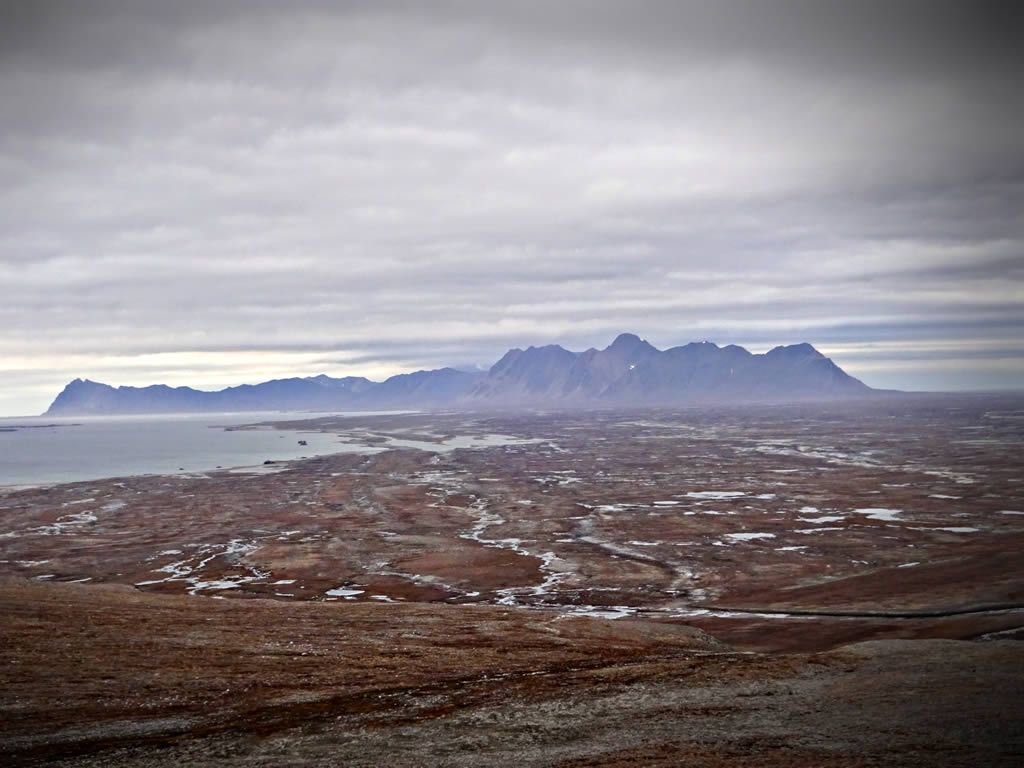 The southwestern coast of Prins Karls Forland. Photo: Andreas Nord | Bridge Builder Expeditions Spitsbergen, Voyage II, 2017.
The southwestern coast of Prins Karls Forland. Photo: Andreas Nord | Bridge Builder Expeditions Spitsbergen, Voyage II, 2017.
IMMUNE FUNCTION IN THE SVALBARD PTARMIGAN
Animals in the temperate zone undergo a range of morphological and physiological changes between summer and winter, enabling them to deal with the environmental challenges that are characteristic of their ranges, especially very low winter temperatures. As peak energy demands occur in winter, when food resources are the most difficult to find, northern animals must carefully manage their energy reserves to maintain cold defence. This can lead to sacrifices of investment in other bodily processes. Such balancing of resource allocation might explain why many animals downregulate immune function in winter. Those in the relatively pathogen-free polar regions may even have a permanently downregulated immune system. For example, our studies of Svalbard ptarmigan (the world’s most northerly land bird) in captivity suggests a poorly developed capacity to tackle pathogens around the year, even in spring during benign conditions.
We have been awaiting an opportunity to verify these findings with data from wild birds. Voyage II provided us with the necessary logistical support for reaching the dual aims of evaluating methods for trapping of wild Svalbard ptarmigan, and of collecting blood samples from trapped individuals for subsequent measurement of immunological parameters in the laboratory. Our field protocol proved very successful with wide applicability for future studies on Spitsbergen, although (as is customary during fieldwork in polar regions) weather and time constraints reduced the number of birds caught. The collected blood samples will be a valuable starting point for future studies on seasonal variation in cold defence and immune function in High Arctic animals.
Andreas Nord & Arne Hegemann
 Svalbard ptarmigan, the world’s most northerly land bird. Photo: Andreas Nord | Bridge Builder Expeditions Spitsbergen, Voyage II, 2017.
Svalbard ptarmigan, the world’s most northerly land bird. Photo: Andreas Nord | Bridge Builder Expeditions Spitsbergen, Voyage II, 2017.
FIELD WORK SUMMARY BY THE PALAEO TEAM
Our goal was to investigate three areas with Palaeogene sediments during the Bridge Builder Expedition 2017:
- 1. The Palaeocene Basilika Formation in the Barentsburg area. Here our goal was to rediscover an old fish fossil locality, due to impassable terrain it was not successful, but we hope to investigate this area during a future Bridge Builder Expedition. Instead, we discovered fossiliferous, bivalve- and gastropod-rich seep carbonates in otherwise fossil-free sediments. This is the first record for the area and the material will be studied in cooperation with other Swedish and Polish specialists.
- 2. Conglomerates/fluviatile deposits in the Sesshøgda area on Prins Karls Forland. The sediments of this tectonically isolated unit are mapped as Eocene (Sesshøgda Formation), but we could not confirm this age due to the lack of fossils and organic-rich or lignitic layers. We were not able to study the younger Reinhardpynten and Krokodillen Formations (also Eocene) due to a tight expedition schedule, but we hope to investigate this area further during a future Bridge Builder Expedition.
- 3. At Colesbukta we could establish the stratigraphic level (Lowest Grumantbyen Formation, Paleocene) of a shark tooth that Jonas Hagström found during a Polish expedition on Svalbard in 2015. We plan to do more intensive field work in this sedimentary unit in the future and we have agreed with the Polish colleagues on publishing a scientific report on this finding.
To sum up, we regard the scientific outcome of the Bridge Builder Expedition 2017 as successful – as such a relatively short voyage (12 days) under unpredictable and harsh weather conditions can be.
Thomas Mörs & Jonas Hagström
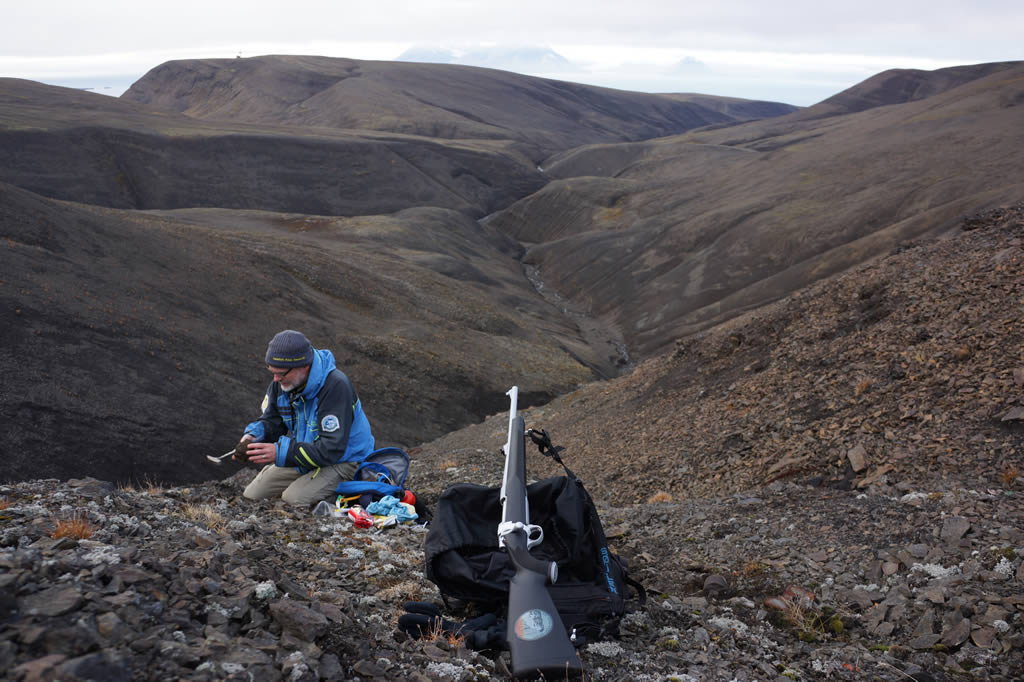 Field work by the Palaeo team. Photo: Thomas Mörs | Bridge Builder Expeditions Spitsbergen, Voyage II, 2017.
Field work by the Palaeo team. Photo: Thomas Mörs | Bridge Builder Expeditions Spitsbergen, Voyage II, 2017.
THE FIRST 200 YEARS OF SCIENTIFIC EXPLORATION OF SPITSBERGEN
As part of my project “The first 200 years of scientific exploration of Spitsbergen”, this expedition gave me a unique opportunity to collect information and document the travels of the earliest scientific explorers to Svalbard (1596-1799). By establish the routes and the places these explorers visited – the biological, geological and meteorological observations made during these voyages can be placed in a more detailed context and used as comparison with the situation today, some 400 years later.
Foremost I planned to visit Lægerneset in order to photo document the surrounding areas and the archeological remains. Unfortunately, due to the presence of a polar bear at the site we were not able to go ashore as planned and all photo documentation had to be done from the deck. However, as one of the main purposes of the visit was to acquire a firsthand experience of the place, which is import for the evaluation of the old texts, this was nevertheless a successful visit. Additionally, for increased knowledge about the early scientific explorers, the visit to Bellpynten became an important part of the expedition as we were able to go ashore, in order to take photos of the place and the surrounding areas.
Ulf Johansson
 Radar screen image at Lægerneset. Photo: Lars Hansen | Bridge Builder Expeditions Spitsbergen, Voyage II, 2017.
Radar screen image at Lægerneset. Photo: Lars Hansen | Bridge Builder Expeditions Spitsbergen, Voyage II, 2017.
THERMOGRAPHIC MEASUREMENTS
On the 2nd Voyage of The Bridge Builder Expeditions Spitsbergen (2017), the aim of my project was to collect thermographic measurements on the body surface temperature of arctic mammals, using a FLIR T640 thermal camera. Since my main research project concerns the study of a possible heat-sensing ability in mammals, collecting data on the heat signals of animals in their natural environment is highly relevant, both in absolute terms and relative to their environment.
The thermal measurements were taken on land. I managed to take photos of two species, reindeer (subspecies: Svalbard reindeer (Rangifer tarandus platyrhynchus) from various different locations and Arctic foxes (Vulpes lagopus) on one of the locations. Although the processing of the data is still ongoing, it seems that some of the measurements can be used to evaluate body surface temperatures of the animals at different ambient temperatures and at different levels of insolation, according to our plan. However, a number of difficulties and unpredictable obstacles are also associated with field measurements conducted by humans, as for example the fright of animals, weather conditions or the danger of close encounter with some species. I think that remotely controlled camera systems could offer a solution to many of these issues by e.g. allowing year-round measurements potentially within close distances.
Anna Bálint
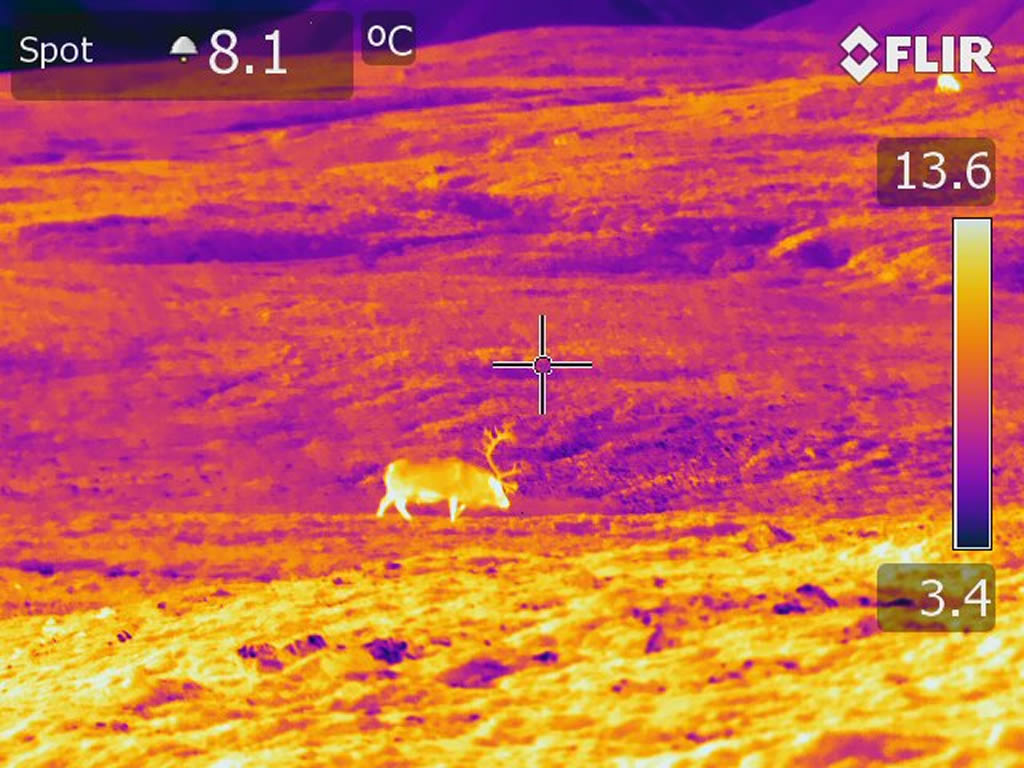 Thermographic image. Photo: Anna Balint | Bridge Builder Expeditions Spitsbergen, Voyage II, 2017.
Thermographic image. Photo: Anna Balint | Bridge Builder Expeditions Spitsbergen, Voyage II, 2017.
EXPERIMENTAL 360° DOCUMENTATION OF THE VOYAGE
By filming the Bridge Builders Expedition with 360-degree camcorders revealed some interesting challenges and rewarding experimental documentation of transport, fieldwork and communication alike. Due to the harsh weather conditions the possibilities to capture movies and time lapses on land and in the zodiacs were limited, keeping the lenses dry and clean had its difficulties. Placing the camcorders outside of the ship m/s Freya resulted in some interesting footage where the roughness of the sea is visible. Fixing the cameras to unusual locations on the ship required some improvisation and collecting them when the weather turned too bad was sometimes fearful. The friendly and professional crew also allowed to capture their daily business on the bridge, in the kitchen and in the engine room – giving additional perspectives to the Svalbard expedition. Due to the fact that the recording happened in 360° I had to get used to being part of the frame almost at all times while operating the cameras, which was somewhat unusual for me.
Levente Tarjányi
Experimental 360°documentation of the voyage. Photo: Levente Tarjányi | Bridge Builder Expeditions Spitsbergen, Voyage II, 2017.ARCTIC OBSERVATIONS AND EXPERIENCES OF A FIELD ARTIST
The Bridge Builder Expeditions Spitsbergen – Voyage II around Isfjorden and Prins Karls Forland was an exciting experience for me as a field artist. The wind and waves promoted a fast and simple watercolour technique also encouraged by a large brush, limited palette and rough watercolour paper.
The motifs varied from manmade structures like the gypsum mine at Skansbukta and a building connected to the abandoned coal mine at Colesbukta to rocks and fossils encountered on the shores and hills. Birds and mammals included Arctic terns, White-beaked dolphins and a Polar bear spotted from the boat deck.
Landscapes, skyscapes and seascapes in different light conditions attracted me as well. During the painting sessions I took a special interest in the Arctic colours – the local ones of earth, ice and vegetation as well as the influence of atmospheric effects created by the low sun and big sky.
Like Carl Linnaeus instructed his apostles, drawing and painting makes for painstaking observations. Thus my experience of Arctic colours inspires me to search for their sources and eventually present the results in an illustrated article will be published on this site in the series The Pine Cone Journal.
Måns Bergendal
Field artist Måns Bergendal | PHOTO: The IK Foundation/Estvall | Bridge Builder Expeditions Spitsbergen, Voyage II | Click here for more Pictures
 Field artist Måns Bergendal working at Forlandsletta. Photo: Lars Hansen | Bridge Builder Expeditions Spitsbergen, Voyage II, 2017.
Field artist Måns Bergendal working at Forlandsletta. Photo: Lars Hansen | Bridge Builder Expeditions Spitsbergen, Voyage II, 2017.
EXPEDITION PARTICIPANTS
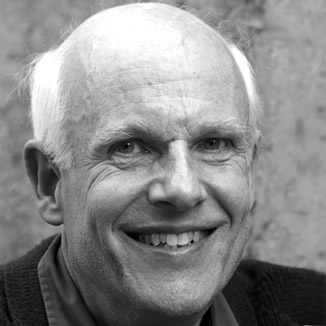
Arne Ardeberg
- (b.) 1940
- DUTY: Participant, researcher.
- AIM: Monitoring of Aurora Developments. Studies of Noctilucent Clouds. Recording of Meteors. Coordination of Science Projects and Technical Installations.
- POST: Professor emeritus in Astrophysics, Lund University, Sweden. Member of Royal Swedish Academy of Sciences, Royal Physiographic Society, Royal Society of Sciences, Chair of Crafoord Prize Committee in Astronomy and LMK-stiftelsen, Foundation for Interdisciplinary Scientific Research.
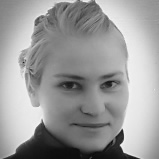
Anna Balint
- (b.) 1985
- DUTY: Participant, researcher.
- AIM: The aim of the project is to collect more information on the body surface temperatures of different mammal species living in arctic habitats, using a FLIR T640 heat camera.
- POST: Postdoctoral fellow, PhD, Department of Biology, Lund University.

Lionel Gauze
- (b.) 1975
- DUTY: Participant, technical expert.
- AIM: Pilot study of infrastructure and digital field communication.
- POST: System Technical expert in Telecom and Opto-Mechanical Field Installation. CEO Apical Technologies, France.
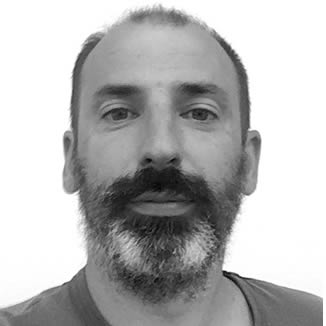
François Glasser
- (b.) 1974
- DUTY: Participant, technical expert.
- AIM: Pilot study of infrastructure and digital field communication.
- POST: System Technical expert in Telecom and Opto-Mechanical Field Installation. CEO Apical Technologies, France.
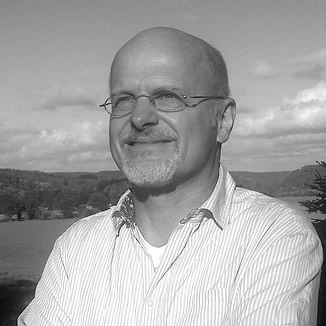
Jonas Hagström
- (b.) 1959
- DUTY: Participant, deputy expedition leader, researcher.
- AIM: The expedition is an unique chance for me to help bring this forgotten Linnaean apostle out of the shadows and into the light.
- POST: Curator, The Swedish Museum of Natural History.
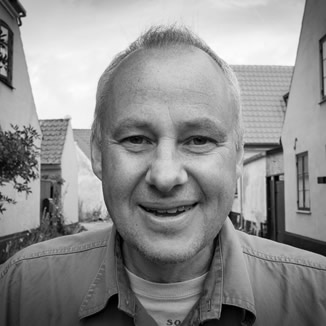
Lars Hansen
- (b.) 1960
- DUTY: Expedition leader, researcher.
- AIM: To strengthen our insight of the fieldwork that the so-called Linnaeus Apostles started almost three centuries ago. To understand Natural and Cultural History of Planet Earth – and hopefully building "new bridges of proficiency" between the past, present and future!
- POST: Head at The IK Foundation, FRGS, London, United Kingdom.

Dan Hansen
- (b.) 1954
- DUTY: Participant, field assistant.
- AIM: My main contribution to the expedition will be to serve for safety and assistance to the other members. At the same time, it will be an unforgettable experience to visit the landscape and people of Spitsbergen/Svalbard.
- POST: Optimisation consultant of operations in recycling and agriculture.
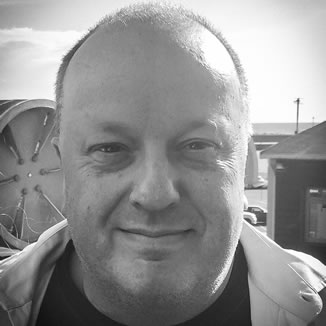
Anders Hansson
- (b.) 1964
- DUTY: Participant, field assistant.
- AIM: My primary aim is to ensure safety for other expedition members, allowing them to complete their respective work under safe conditions. Secondly, I want to experience as much of the nature, wildlife and scenery of Svalbard as possible.
- POST: CEO of Abes V&M AB.
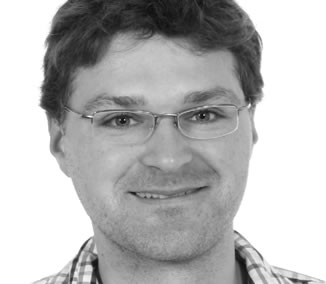
Arne Hegemann
- (b.) 1980
- DUTY: Participant, researcher.
- AIM: I will investigate seasonal variation in immune function in High-Arctic birds, to better understand how polar animals adapt to novel immunological threats under global change.
- POST: Researcher, Department of Biology, Lund University.
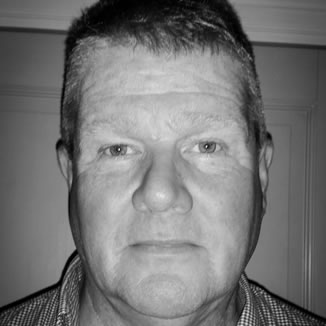
Mikael Hjelmqvist
- (b.) 1959
- DUTY: Participant, field assistant.
- AIM: My aim is to assist the other participants and create a secure working platform. It is a great opportunity to be able to follow an expedition to Spitsbergen/Svalbard.
- POST: Forest owner with focus on hunting and fishing. Bäck’s Forest Estate, Sweden.
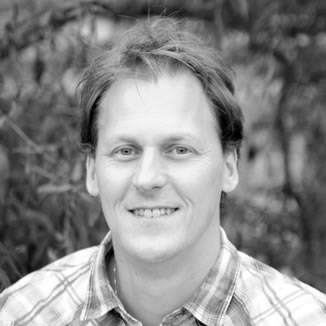
Ulf Johansson
- (b.) 1970
- DUTY: Participant, researcher.
- AIM: This expedition will give me a unique opportunity to collect information and document the travels of the earliest scientific explorers to Svalbard (1596-1799). By establish the routes and the places these explorers visited the biological, geological and meteorological observations made during these voyages can be placed in a more detailed context and facilitate comparisons with the situation today, some 400 years later.
- POST: Curator of birds, Swedish Museum of Natural History.
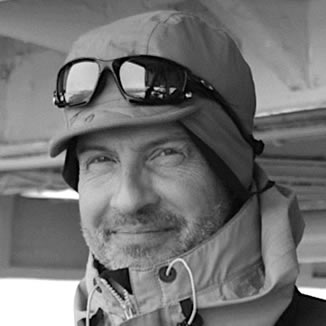
Thomas Mörs
- (b.) 1962
- DUTY: Participant, researcher.
- AIM: The aim of my project is to find evidence for earlier land bridges between Svalbard and the Canadian High Arctic using vertebrate fossils collected during the expedition.
- POST: Senior Curator, Swedish Museum of Natural History, Stockholm, Sweden.

Andreas Nord
- (b.) 1983
- DUTY: Participant, researcher.
- AIM: I will investigate seasonal variation in immune function in High-Arctic birds, to better understand how polar animals adapt to novel immunological threats under global change.
- POST: Researcher, Department of Biology, Lund University; guest researcher Department for Arctic and Marine Biology, UiT.
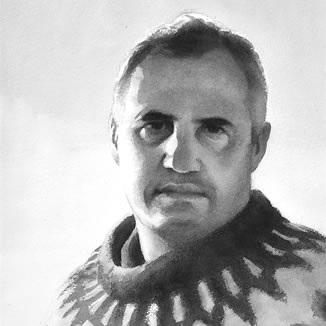
Måns Bergendal
- (b.) 1964
- DUTY: Participant, field artist.
- AIM: I want to convey what I see with immediacy and simplicity to make the viewer feel present on the Arctic scene. Watercolor is the most portable medium and an excellent one for this purpose.
- POST: Watercolour artist, illustrator and instructor, Lund, Sweden.
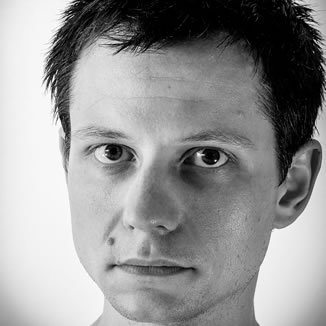
Levente Tarjányi
- (b.) 1984
- DUTY: Participant, technical assistant.
- AIM: Assistance in pilot study for digital field communication, focusing on optical and measurement systems.
- POST: Mechanical engineer (Msc in mechanical engineering 2013), currently working as product development engineer in the field of automotive interior systems at Draexlmaier in Hungary.
EXPEDITION SHIP CREW
- Master, Emil Heijel
- Chief Officer, Edvin Vidarsson
- AB, Johan Nordström
- AB, Staffan Hallberg
- Chief Engineer, Mikael Kindahl
- Chef, Ulf Zackrisson
- Stewardess, Joanna Lignell
- Steward, Nils Tillberg
EXPEDITION BACK BASE
- Webmaster, digital network: Jeff Snoxell
- Art work: Graham Scott
- Research: Viveka Hansen
- Controller: Jennie Asher
- Maritime lawyer: Bo Benell
- News Room: Jens Hansen
- The Reception Desk: Leo Ryder
EXPEDITION PATRONS
- LMK-stiftelsen, Foundation for Interdisciplinary Scientific Research
- The IK Foundation
iPROJECTS
- (Main title) The Linnaeus Apostles BRIDGE BUILDER EXPEDITIONS To Understand Planet Earth
- (Subtitle) BRIDGE BUILDER EXPEDITIONS - Spitsbergen (Svalbard)
- FIELD STATION | NATURAE OBSERVATIO | MARTIN’S EYE
- Spitsbergen, Svalbard; in the agreement of the international Spitsbergen treaty (Svalbard treaty)
- Geography
- 18th century Studies'
- Cultural History
- History of Science
- Natural History
- Economic History
- Field Notes, Arts and Photography
- Field station, long-term observations
- Ecology
- The IK Foundation, London, United Kingdom
- Natural History Museum University of Stockholm, Sweden
- Grenna Museum Polarcenter, Sweden
- University of Gothenburg, Sweden
- The Norwegian Meteorological Institute, Norway
- Lund university, Sweden
- The Royal Geographical Society (with IBG), United Kingdom
- The Swedish Academy, Sweden
- Stockholm university, Sweden
- University of Tromsø, Norway
- INTERACT | International Network for Terrestrial Research and Monitoring in the Arctic, EU
- GBIF | Global Biodiversity Information Facility, Norway & United Kingdom
- Natural History Museum University of Oslo, Norway
- Department of Biology, Lund University, Sweden
- Lund Observatory, Department of Astronomy and Theoretical Physics, Lund University, Sweden
- UNIS Aurora Observatory: The Kjell Henriksen Observatory (KHO), Svalbard.
 Feel welcome to read more about how to take part...
Feel welcome to read more about how to take part...
- 2016: Expedition Voyage I: Field work, research, documentation and follow-up work.
- 2017: Expedition Voyage II: Field work, research, documentation and follow-up work.
- 2018: Expedition Voyage III: Field work, research, documentation and follow-up work.
- 2019: Expedition Voyage IV:A (May) and Voyage IV:B (September/October): Field work, research, documentation and follow-up work.
- 2020: Expedition Voyage V: Dismantling of the Field Station, documentation and follow-up / planning of publicise work.
- 2021: Research, follow-up work, Publicise work of Publication | Exhibition | Multimedia, with the title NATURAE OBSERVATIO SPITSBERGEN | SCIENCE EXPEDITIONS | TEXTS & OBSERVATIONS FROM THE PAST TO PRESENT TIME.
- 2023/24: International launch of the publicise work of Publication | Exhibition | Multimedia, with the title NATURAE OBSERVATIO SPITSBERGEN | SCIENCE EXPEDITIONS | TEXTS & OBSERVATIONS FROM THE PAST TO PRESENT TIME.
- iLINNAEUS.org
- Publicise work of Publication | Exhibition | Multimedia, with the title NATURAE OBSERVATIO SPITSBERGEN | SCIENCE EXPEDITIONS | TEXTS & OBSERVATIONS FROM THE PAST TO PRESENT TIME.
- Field Station | Naturae Observatio
- Expedition Picture Portfolio
- Expedition Video Portfolio
- Expedition Panoramic Portfolio
- Research in Svalbard (RIS)
- RIS-ID 10275 (Bridge Builder Expeditions Spitsbergen)
- RIS-ID 11055 (Field Station Research Projects)
- The Norwegian Polar Institute's topographical Svalbard map portal
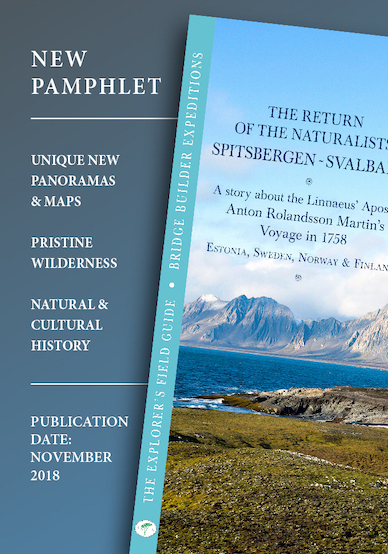
been copied to your clipboard




– a truly European organisation since 1988
Legal issues | Forget me | and much more...
It is free to use the information/knowledge in The IK Workshop Society so long as you follow a few rules.
 LEARN MORE
LEARN MORE











